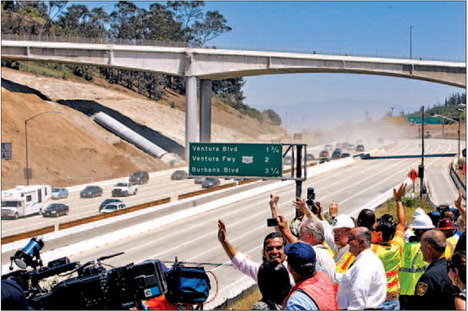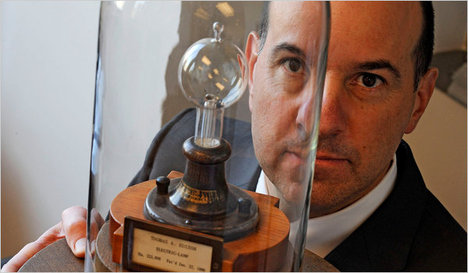 “A gardener’s recipe for vengeance at the Sixth Street and Avenue B Community Garden in Manhattan.” Source of caption and photo: online version of the NYT article quoted and cited below.
“A gardener’s recipe for vengeance at the Sixth Street and Avenue B Community Garden in Manhattan.” Source of caption and photo: online version of the NYT article quoted and cited below.
(p. 20) At the 700 community gardens sprinkled through the city like little Edens, the first commandment should be obvious: Thou shalt not covet, much less steal, thy neighbor’s tomatoes, cucumbers or peppers. But people do.
“This was an inside job,” Holland Haiis-Aguirre, a key-holder at the West Side Community Garden, said after she arrived at her plot on July 24 to pick a “big, beautiful, full-sized cucumber” that she and her husband had tended from infancy. Instead, she found a denuded vine; her prize cuke apparently was in someone else’s salad. “So frustrating,” she wailed.
. . .
Sally Young shrouds her 18 heirloom tomato plants in bird netting, but it is not birds she is trying to outwit. Claude Bastide, who grows aromatic herbs, had his spearmint and rosemary plants stolen early in the season. He responded with a sign: “Dear Plant Thief: If I catch you stealing my plants, I will boil you alive in a cauldron filled with poison ivy and stinging nettles until your flesh falls off your bones!”
For the full story, see:
ROBIN FINN. “Peck of Pilfered Peppers in City Gardens; Tomatoes, Too.” The New York Times, First Section (Sun., August 7, 2011): 20.
(Note: ellipsis added.)
(Note: the online version of the story was dated August 5, 2011, and had the title “Pilfered Peppers in City Gardens; Tomatoes, Too.”)
Source of the title of this blog entry: The Bible, Galatians 6:7-9 (King James Version).





